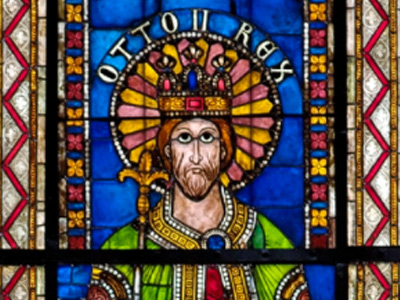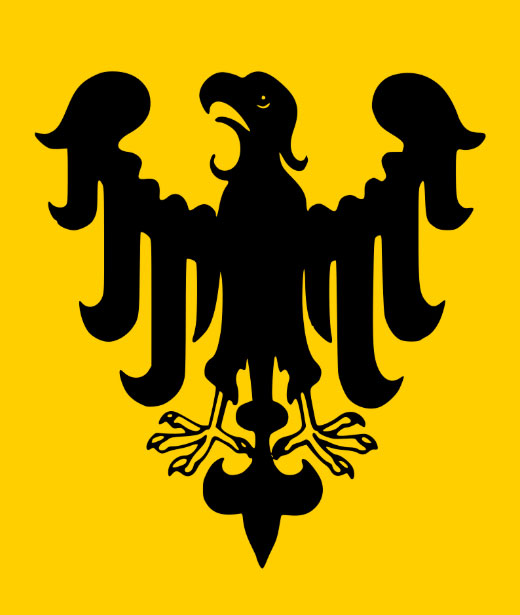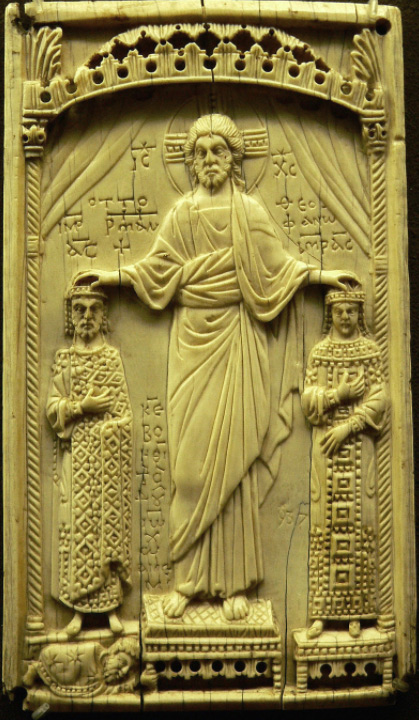Otto II, Holy Roman Emperor (955-983)
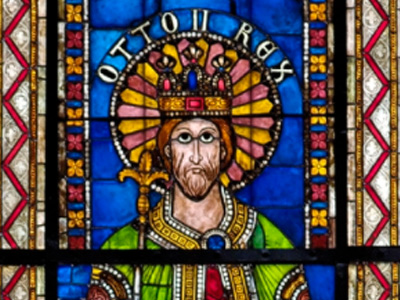
Otto II (955 – December 7, 983), called the Red (Rufus), was Holy Roman Emperor from 973 until his death in 983. A member of the Ottonian dynasty, Otto II was the youngest and sole surviving son of Otto the Great and Adelaide of Italy.
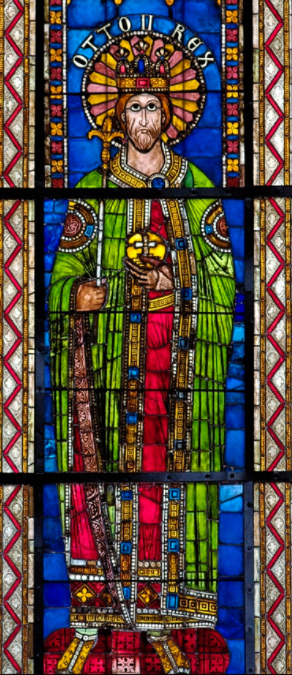
Otto II was made joint-ruler of Germany in 961, at an early age, and his father named him co-Emperor in 967 to secure his succession to the throne. His father also arranged for Otto II to marry the Byzantine Princess Theophanu, who would be his wife until his death. When his father died after a 37-year reign, the eighteen-year-old Otto II became absolute ruler of the Holy Roman Empire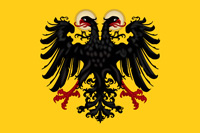 The Holy Roman Empire was a political entity in Western, Central, and Southern Europe that developed during the Early Middle Ages and continued until its dissolution in 1806 during the Napoleonic Wars. From the accession of Otto I in 962 until the twelfth century, the Empire was the most powerful monarchy in Europe. The empire reached the apex of territorial expansion and power in the mid-thirteenth century, but overextending led to partial collapse. in a peaceful succession. Otto II spent his reign continuing his father's policy of strengthening Imperial rule in Germany and extending the borders of the Empire deeper into southern Italy. Otto II also continued the work of Otto I in subordinating the Catholic Church to Imperial control.
The Holy Roman Empire was a political entity in Western, Central, and Southern Europe that developed during the Early Middle Ages and continued until its dissolution in 1806 during the Napoleonic Wars. From the accession of Otto I in 962 until the twelfth century, the Empire was the most powerful monarchy in Europe. The empire reached the apex of territorial expansion and power in the mid-thirteenth century, but overextending led to partial collapse. in a peaceful succession. Otto II spent his reign continuing his father's policy of strengthening Imperial rule in Germany and extending the borders of the Empire deeper into southern Italy. Otto II also continued the work of Otto I in subordinating the Catholic Church to Imperial control.
Early in his reign, Otto II defeated a major revolt against his rule from other members of the Ottonian dynasty who claimed the throne for themselves. His victory allowed him to exclude the Bavarian line of the Ottonians from the line of Imperial succession. This strengthened his authority as Emperor and secured the succession of his own son to the Imperial throne.
With domestic affairs settled, Otto II would focus his attention from 980 onward to annexing the whole of Italy into the Empire. His conquests brought him into conflict with the Byzantine Empire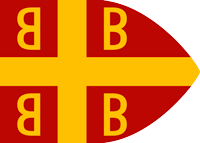 The Byzantine Empire, also referred to as the Eastern Roman Empire or Byzantium, was the continuation of the Roman Empire primarily in its eastern provinces during Late Antiquity and the Middle Ages, when its capital city was Constantinople. It survived the fragmentation and fall of the Western Roman Empire in the 5th century AD and continued to exist for an additional thousand years until the fall of Constantinople to the Ottoman Empire in 1453. and with the Muslims of the Fatimid Caliphate, who both held territories in southern Italy. After initial successes in unifying the southern Lombard principalities under his authority and in conquering Byzantine-controlled territory, Otto II's campaigns in southern Italy ended in 982 following a disastrous defeat by the Muslims. While he was preparing to counterattack Muslim forces, a major uprising by the Slavs broke out in 983, forcing the Empire to abandon its major territorial holdings east of the Elbe river.
The Byzantine Empire, also referred to as the Eastern Roman Empire or Byzantium, was the continuation of the Roman Empire primarily in its eastern provinces during Late Antiquity and the Middle Ages, when its capital city was Constantinople. It survived the fragmentation and fall of the Western Roman Empire in the 5th century AD and continued to exist for an additional thousand years until the fall of Constantinople to the Ottoman Empire in 1453. and with the Muslims of the Fatimid Caliphate, who both held territories in southern Italy. After initial successes in unifying the southern Lombard principalities under his authority and in conquering Byzantine-controlled territory, Otto II's campaigns in southern Italy ended in 982 following a disastrous defeat by the Muslims. While he was preparing to counterattack Muslim forces, a major uprising by the Slavs broke out in 983, forcing the Empire to abandon its major territorial holdings east of the Elbe river.
Otto II died suddenly in 983 at the age of 28 after a ten-year reign. He was succeeded as Emperor by his three-year-old son Otto III, plunging the Empire into a political crisis.
Character
Otto was a man of small stature, by nature brave and impulsive, and by training an accomplished knight. He was generous to the church and aided the spread of Christianity in many ways. According to one of the chroniclers of the time, he was given the epithet of the "Red" when in 981 he invited the most troublesome of the Roman families to a banquet, and proceeded to butcher them at dinner. More sympathetic chroniclers said that it was due to his reddish complexion.
HISTORY
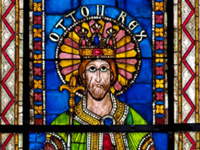
RESOURCES
This article uses material from the Wikipedia article "Otto II, Holy Roman Emperor (955-983)", which is released under the Creative Commons Attribution-Share-Alike License 3.0.
© Stories Preschool. All Rights Reserved.
